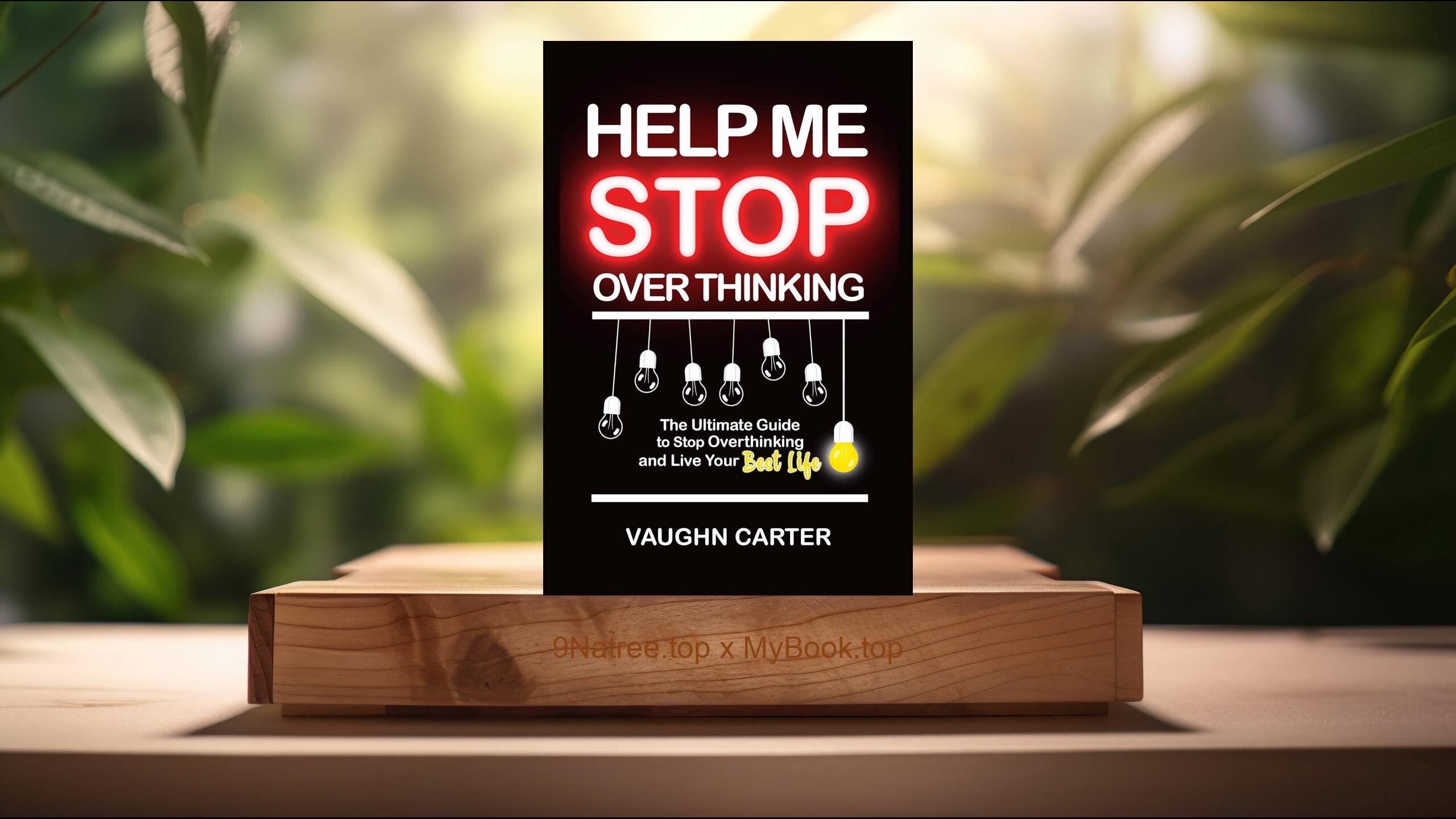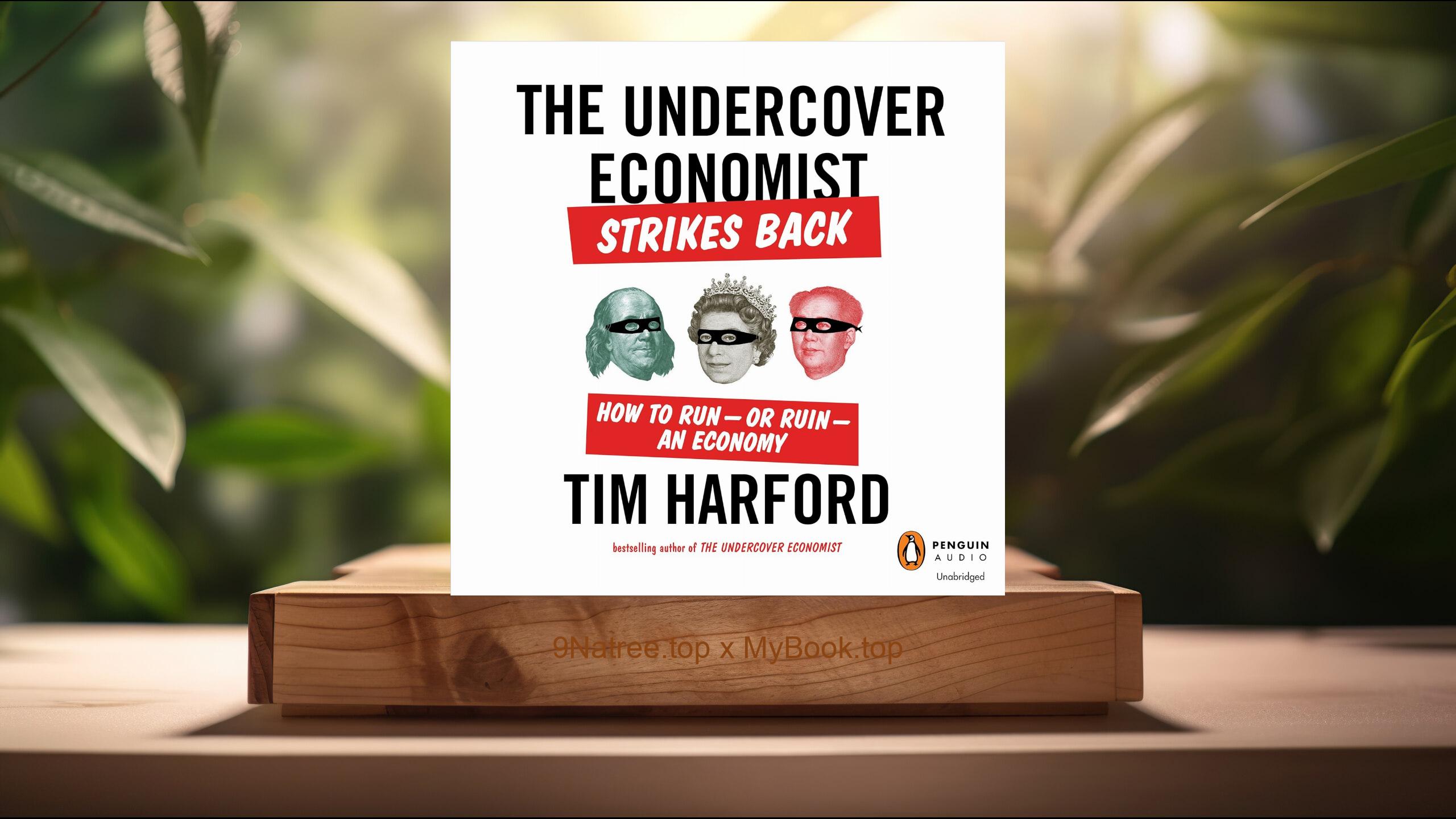Show Notes
- Amazon USA Store: https://www.amazon.com/dp/B00EJBABS2?tag=9natree-20
- Amazon Worldwide Store: https://global.buys.trade/Power-vs-Force%3A-The-Hidden-Determinants-of-Human-Behavior-David-R-Hawkins-MD%2FPHD.html
- Apple Books: https://books.apple.com/us/audiobook/power-vs-force-the-hidden-determinants-of-human/id206595986?itsct=books_box_link&itscg=30200&ls=1&at=1001l3bAw&ct=9natree
- eBay: https://www.ebay.com/sch/i.html?_nkw=Power+vs+Force+The+Hidden+Determinants+of+Human+Behavior+David+R+Hawkins+MD+PHD+&mkcid=1&mkrid=711-53200-19255-0&siteid=0&campid=5339060787&customid=9natree&toolid=10001&mkevt=1
- Read more: https://mybook.top/read/B00EJBABS2/
#consciousnessscale #appliedkinesiology #personaltransformation #ethicalleadership #emotionalenergy #PowervsForce
These are takeaways from this book.
Firstly, The Map of Consciousness, Hawkins map of consciousness organizes human experience on a logarithmic scale from the lowest states of shame and guilt to the rarefied peaks of peace and enlightenment. Each band reflects a prevailing emotion, a typical view of life, and a characteristic level of effectiveness. The pivotal threshold is level 200, labeled courage. Below 200, patterns such as apathy, grief, fear, desire, anger, and pride tend to drain energy and foster reactive choices. Above 200, qualities like neutrality, willingness, acceptance, and reason stabilize attention and support constructive action. Further up the scale, love at 500, joy at 540, and peace at 600 mark transformational zones that dissolve conflict and expand perspective. Hawkins contends that the scale is logarithmic, so a relatively small movement upward can produce a large difference in impact. The map functions as both a diagnostic lens and a developmental roadmap. It helps readers name the state they are in, understand the likely outcomes that state produces, and identify the next viable rung to climb toward greater clarity, resilience, and contribution.
Secondly, Kinesiology and the testing of truth, Applied kinesiology is presented as a practical tool for discriminating between truth and falsehood. The core observation is that the human body momentarily weakens in the presence of incoherence and strengthens in the presence of coherence. In the method Hawkins describes, a test subject extends an arm while a partner applies gentle downward pressure. When the subject contemplates a statement, image, or object that is aligned with truth, the arm tends to remain strong. When exposed to what is misleading or harmful, the arm tends to weaken. Hawkins attributes this response to the interaction between human physiology and collective fields of information, not to personal belief or opinion. He recommends neutral wording, clear intention, and the elimination of obvious biases during testing. The book reports large numbers of trials and suggests safeguards such as double checks and group calibration. Whether or not a reader embraces the method, the chapter models disciplined inquiry. It invites people to examine assumptions, resist persuasion by forceful rhetoric, and anchor choices in embodied feedback that reflects integrity.
Thirdly, Power versus force in action, The central distinction in the book contrasts power with force. Power arises from alignment with truth, compassion, and integrity. It expresses itself as clarity, calm resolve, and nonviolent influence. Because it resonates with higher levels of consciousness, it tends to be self sustaining and to catalyze cooperation. Force, by contrast, relies on pressure, manipulation, and threat. It consumes energy, provokes resistance, and demands continual input to maintain momentum. Hawkins illustrates the difference with historical and personal examples, showing how movements grounded in authentic principle outlast those driven by domination. In daily life, the difference shows up in communication styles, goals, and leadership. Power tells the truth, takes responsibility, listens deeply, and invites voluntary alignment. Force blames, spins, and pushes for compliance. The practical message is clear. When you choose strategies that are congruent with power, you reduce friction, increase trust, and unlock creativity. When you default to force, you may achieve short term results, but you plant the seeds of burnout and backlash.
Fourthly, Emotional attractor fields, Hawkins proposes that emotions are not only private feelings but also attractor fields that organize perception and behavior. A field like fear filters data to confirm danger. A field like anger focuses attention on obstacles and enemies. A field like acceptance widens perspective and permits solutions that were previously invisible. These fields shape choices without overt awareness and can be sensed in families, teams, and cultures. The book explains how chronic emotional postures entrain physiology, language, and expectation, which in turn determine performance under stress. Because fields interact, one steady individual at a higher level can stabilize a room that is drifting into conflict. Conversely, one chronically hostile voice can pull a group downward if it is not balanced by integrity. Hawkins outlines ways to shift fields, including honest self inventory, forgiveness, prayer or meditation, disciplined refusal to indulge in blame, and focus on service. By moving from constricting states to expansive ones, people change what they notice, the options they entertain, and the outcomes they create.
Lastly, Applications for life, work, and leadership, Readers often ask how to use the map in real life. Hawkins supplies applications across personal growth, health, and leadership. On the personal side, you can inventory frequent emotions, identify the level that best describes your day, and select the next reachable step, such as moving from pride to courage or from fear to neutrality. You can choose media, mentors, and environments that calibrate higher, since exposure entrains attention. In health and habits, the method suggests testing foods, supplements, or routines for congruence with long term wellbeing. In relationships, you can shift from winning arguments to seeking alignment, which elevates the emotional field for everyone involved. In leadership and culture, the map supports hiring for integrity, clarifying mission, and designing policies that respect autonomy rather than relying on control. The book also models decision checklists that reduce noise and prevent drift into forceful tactics. Over time, these practices compound, creating less drama, more energy, and a stable sense of purpose that carries through setbacks.
![[Review] Power vs. Force: The Hidden Determinants of Human Behavior (David R. Hawkins MD/PHD) Summarized](https://episodes.castos.com/660078c6833215-59505987/images/2209082/c1a-085k3-34m9kp96ck8r-ks4eff.jpg)




